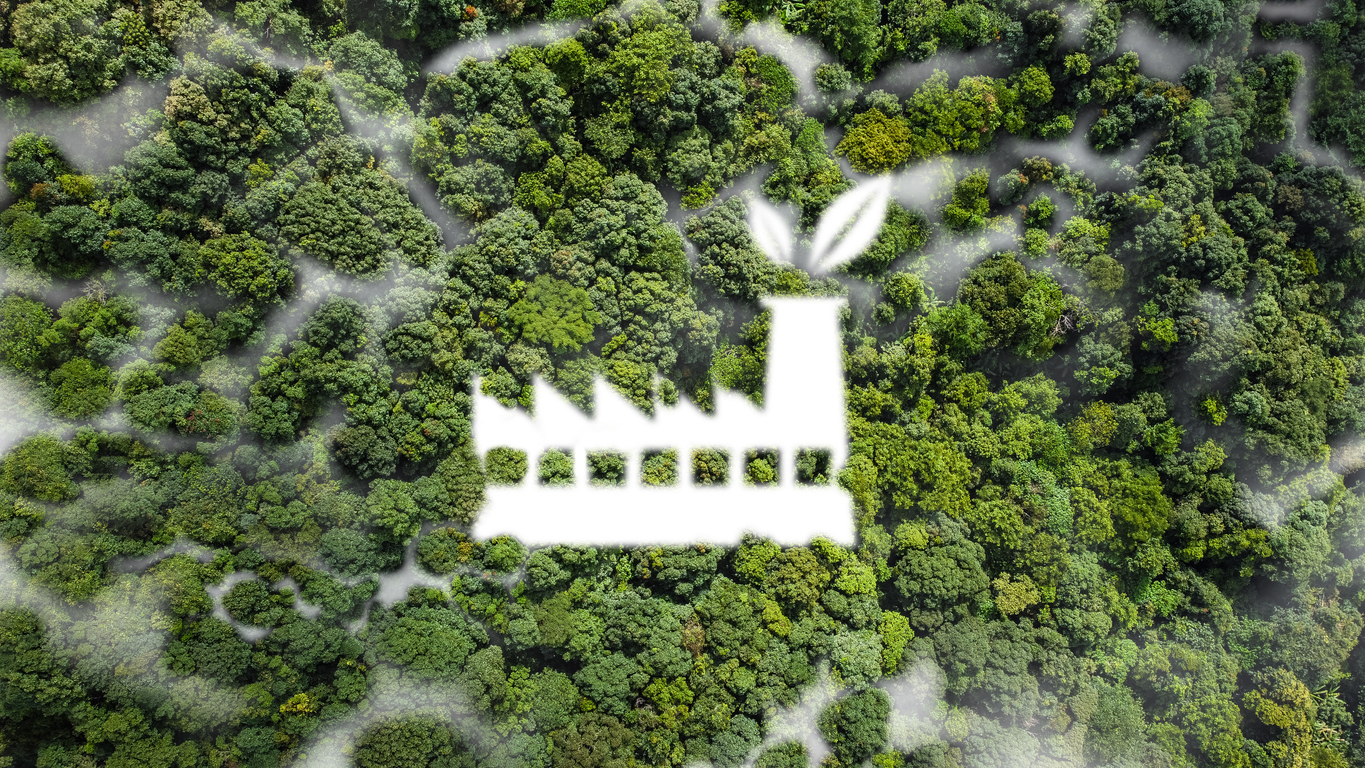Critical Habitat Protection (CHP) safeguards forests, peatlands, and biodiversity hotspots that lie within production landscapes. By integrating conservation into agricultural zones, CHP reduces climate risks, protects vital ecosystems, and ensures value chains remain truly sustainable. It is where production meets protection, securing both livelihoods and landscapes.
Critical Habitat Protection (CHP) is a Nature50 intervention model designed to safeguard high conservation value areas within production landscapes. In many tropical regions, natural forests, peatlands, and biodiversity-rich habitats are increasingly fragmented by plantation and agricultural expansion. Yet these ecosystems remain critical: they store vast carbon reserves, host key species, and serve as ecological buffers that underpin long-term productivity.
CHP reframes these areas not as barriers to development, but as strategic assets within a sustainable landscape mosaic. By combining spatial data analytics, field verification, and cross-sector collaboration with smallholders and companies, CHP identifies and secures the most vulnerable habitats. In doing so, it aligns biodiversity conservation with climate objectives, cutting emissions from deforestation and peatland degradation.
For markets and supply chains, CHP delivers tangible value. Protecting critical habitats enhances corporate NDPE credibility, while local communities benefit from healthier ecosystems—through improved soil fertility, reliable water resources, and greater resilience to climate risks.
CHP demonstrates that production and conservation are not competing agendas. Instead, they can be integrated to reinforce one another—transforming landscapes into engines of both economic value and ecological stability.
Key Steps of Critical Habitat Protection
Critical Habitat Protection (CHP) is a Nature50 intervention model that places the protection of high conservation value habitats at the core of landscape strategy. Its focus is to safeguard natural forests, peatlands, and other critical ecosystems often embedded within production zones—ensuring that landscapes remain balanced mosaics of conservation and development.
CHP integrates critical habitat protection as a non-negotiable element of sustainable landscape development. By safeguarding the forests, peatlands, and ecosystems that still remain within production areas, landscapes become not only productive but also resilient life-support systems.
Step 1 – Identifying What Matters Most
The first step is to identify habitats that hold biodiversity, carbon reserves, or critical functions for communities. Rather than focusing only on formal conservation areas, CHP brings attention to overlooked zones: smallholder lands, wildlife corridors, and community forests.
Step 2 – Defining Irreplaceable Areas
CHP highlights areas that must not be lost: wildlife migration routes, deep peatlands, and high conservation value forests. Prioritizing these areas ensures that production activities do not undermine natural assets that underpin climate stability and human well-being.
Step 3 – Integrating Production and Protection
Many critical habitats exist within or adjacent to agricultural production zones. CHP builds collaborative approaches where companies, smallholders, and local communities manage production landscapes without sacrificing vital habitats.
Step 4 – Restoring What Has Been Lost
Beyond protection, CHP restores degraded ecosystems—rebuilding forests, rehabilitating peatlands, and creating ecological corridors. This is not only conservation, but also a strategy for strengthening long-term climate resilience.
Step 5 – Building Partnerships for Protection
CHP emphasizes partnerships between local communities, companies, and global markets. Through such collaboration, critical habitats are reframed not as liabilities but as shared assets—supporting supply chain integrity and enhancing global reputations.
Closing the NDPE Gap
Critical Habitat Protection (CHP) directly addresses a key gap in NDPE implementation: ensuring that global commodities are not only deforestation-free but also contribute to critical habitat protection, ecological connectivity, and community rights. By bridging market expectations with ecosystem needs, CHP demonstrates how production and protection can advance together within a single sustainable landscape.


